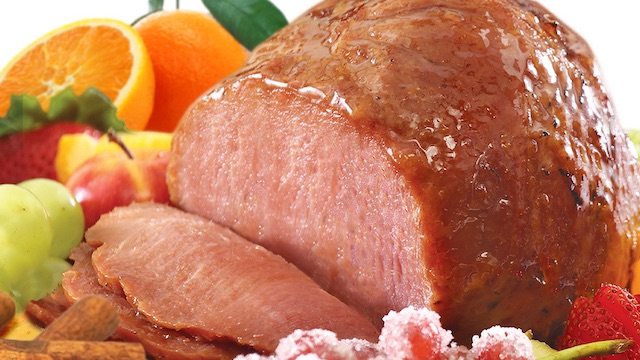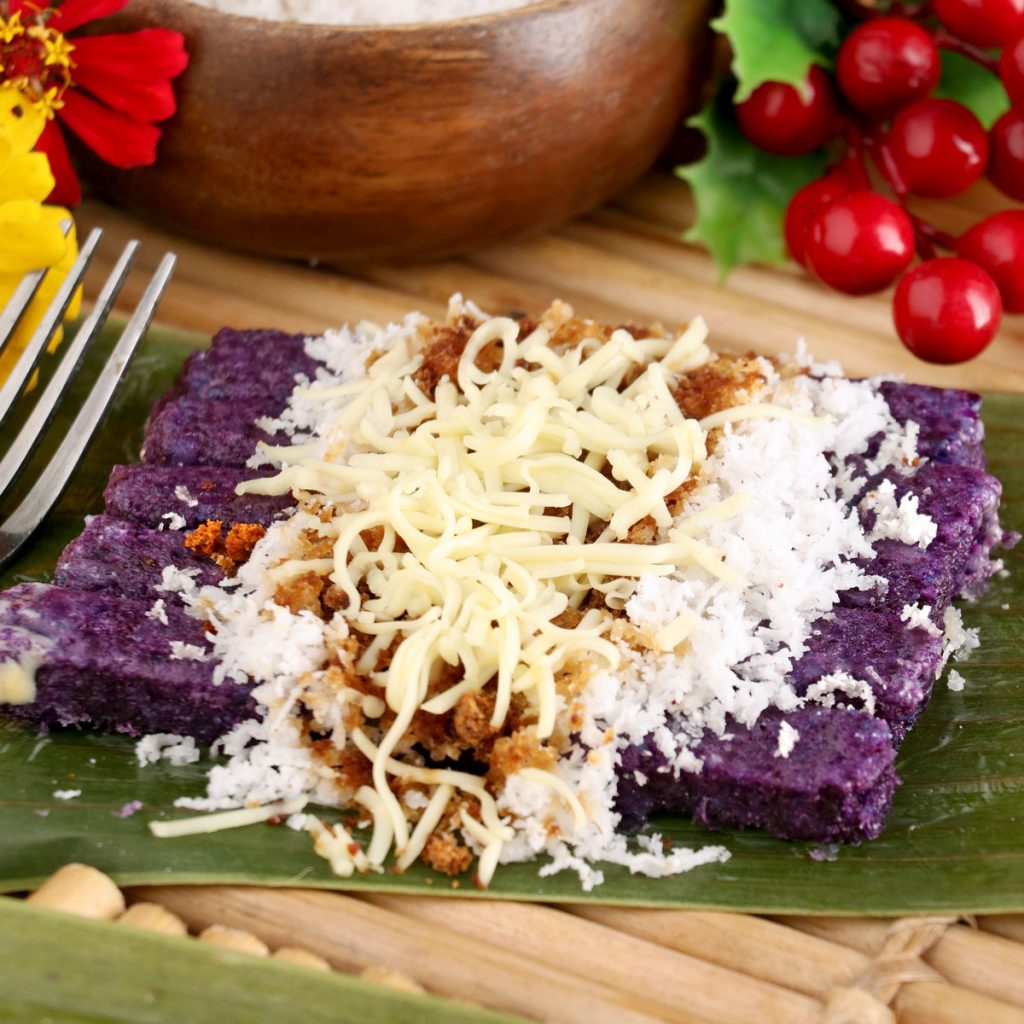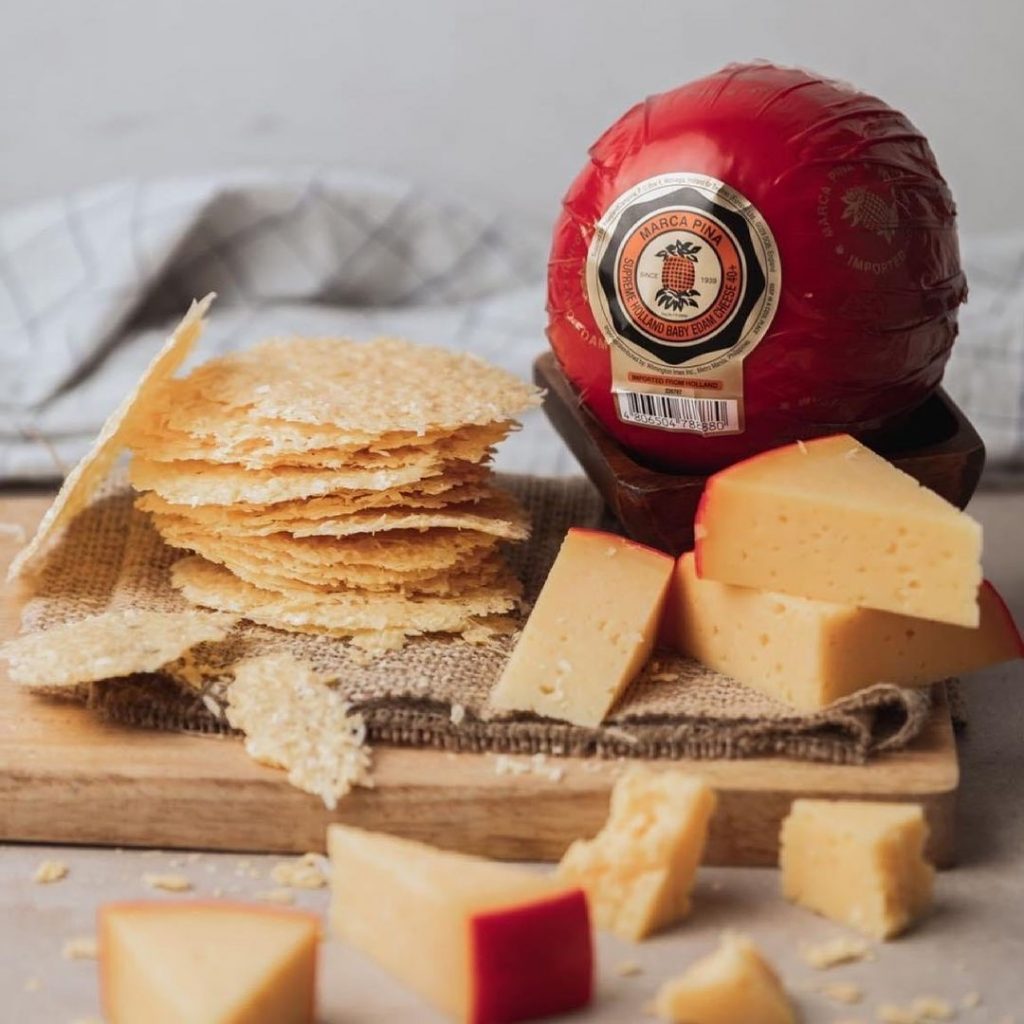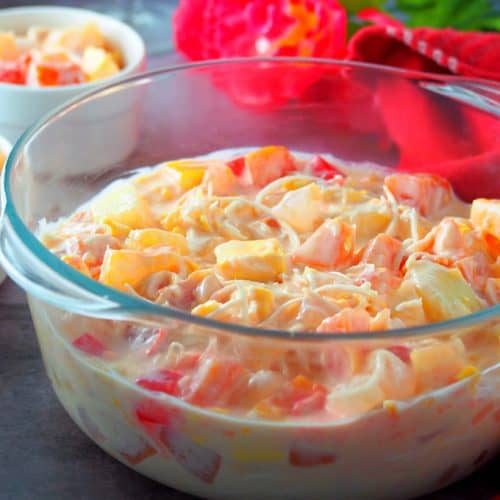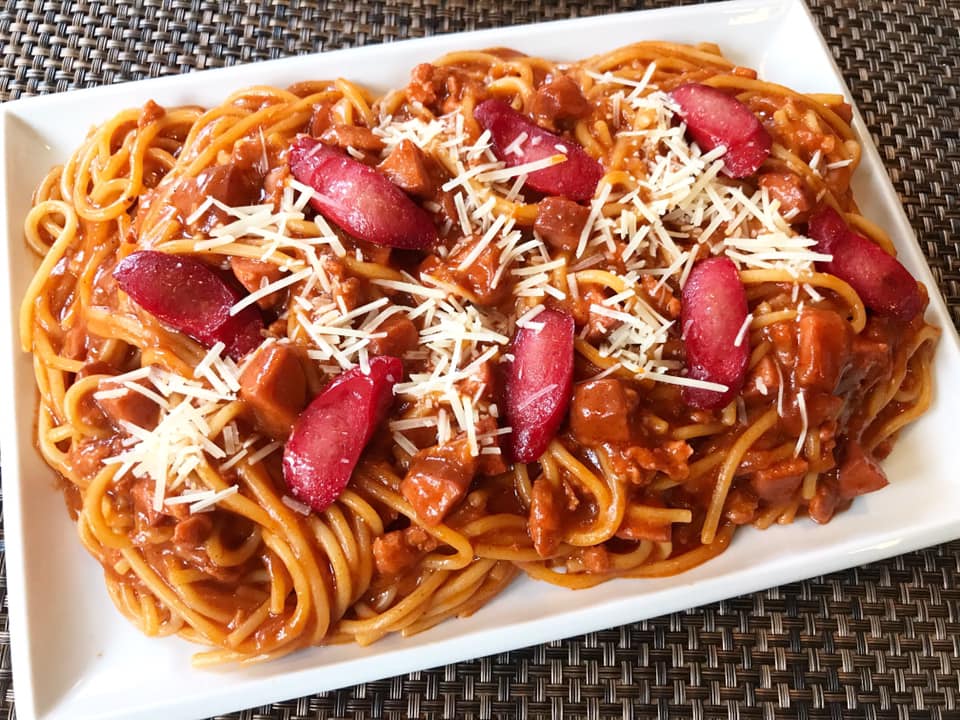5 Filipino Dishes To Complete Noche Buena
The Yuletide season is a major affair in the Philippines, as indicated by the Christmas tunes that begin playing in malls in September. While the country’s overall Christmas celebration is a mash-up of international and local influences, the dominating one, at least for Christmas Eve supper, is Spanish (surprise, surprise).
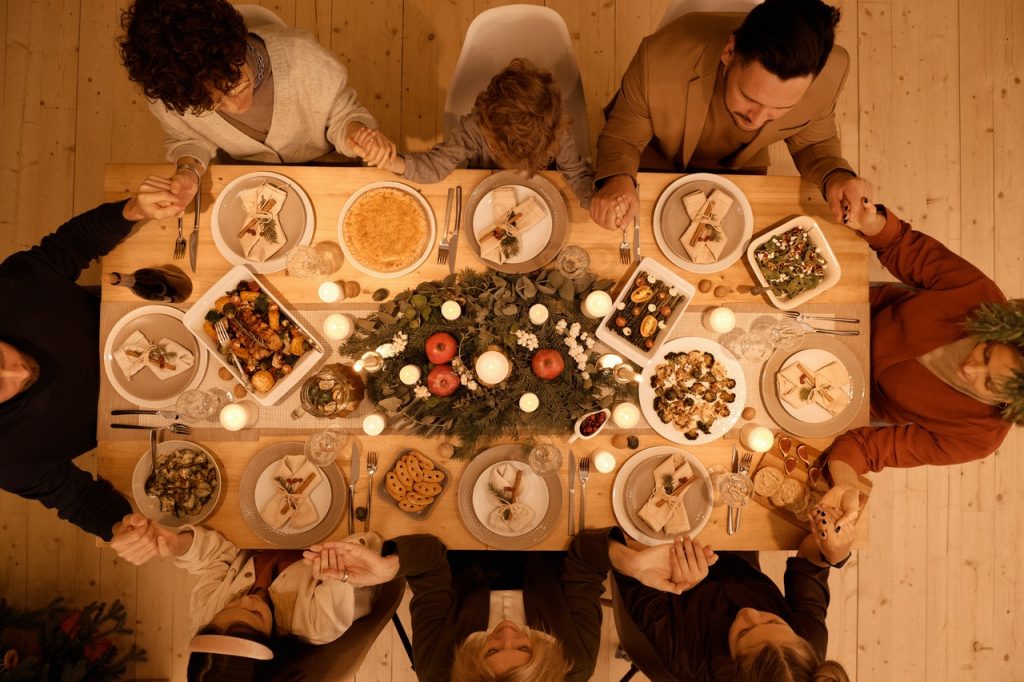
Christmas Eve is more than simply the day before Christmas in many Filipino families throughout the world; it’s a tremendous celebration that, for some, is even greater than Christmas Day itself. The specific criteria of how you commemorate Nochebuena vary depending on your culture, family, and even the year. Some individuals will spend the entire day and evening eating, drinking, dancing, and playing games. Others go to Misa de Gallo, or Rooster Mass, first, then party till the wee hours of the morning, or have supper first, then go to Mass.
The traditional Christmas Eve feast is known as “Noche Buena,” which translates to “night of kindness” in Spanish. Like fiestas in the Philippines, Noche Buena is a time for entire families to assemble at one house to share a meal. However, while modern Filipino families can enjoy Noche Buena at any moment on Christmas Eve, this was not always the case.
In the 16th century, Spanish missionaries compelled Filipino churchgoers to fast until Christmas morning, which gave rise to the Noche Buena. They conjured up the nocturnal feast before going back to bed since the locals were normally quite hungry after returning from the Christmas midnight Mass (and because any hour after midnight was officially deemed to be part of the next day’s morning).
Although contemporary holiday dinners are influenced by Spanish favorites like as Jamon and embotido, one key component has exclusively Filipino origins: the kakanin. The bibingka and puto bumbong staples are sweet, sticky, and rice-based and trace all the way back to pre-colonial times when locals would present glutinous rice cakes to their gods at the end of the year.
Various influences would affect the Filipino Noche Buena as the country progressed. The entrance of the Americans would bring with them not just the Christmas tree, but also other delectable delicacies such as pies, cookies, and the ever-present fruitcake.
The most intriguing influences, on the other hand, are those that began at home. Main meals would vary from household to household as families celebrated, focusing around mom’s or grandma’s specialty dish. Furthermore, Noche Buena honors not just Christmas but also the Philippines’ gastronomic culture. In areas where there is a plentiful supply of seafood, milk fish would be used instead of chicken in the relleno. The roast chicken is substituted in areas of the Visayas with chicken inasal, which is marinated in Philippine lime, coconut vinegar, and annatto oil before being grilled. As a rice-eating country, the grain was always present in the meal. Families would eat arroz caldo, a rice porridge with chicken and ginger, or native kakanin, such as bibingka and puto bumbong, to commemorate the occasion. Rice must always be present in a Filipino’s Noche Buena.
RELATED: How To Celebrate The Memories of Your Loved Ones This Christmas?
Best Noche Buena Dishes
At the same time, this is a time of year when children anticipate presents and delicacies from their family and godparents. Older individuals like this occasion as well since they may lavish presents on themselves and their family.
While getting gifts is wonderful, the prospect of eating on delectable foods on Christmas Eve is much more so. On this important day, Filipinos prefer to make the finest of the greatest meals.
The top five foods that must be served at every Filipino family’s Noche Buena table are listed below.
- Christmas Ham
For Filipinos, December is the most anticipated month. We add a unique ham to the menu to make it a bit more special. Filipinos love to cook excellent meals, but they rarely buy ham unless it’s for Christmas. This is probably the most iconic dish for Filipinos that lets us know that Christmas is really here. Hams offered at Noche Buena are occasionally gifts or treats from coworkers and companies they work for or friends.
2. Bibingka / Puto Bumbong
Bibingka and puto bumbong are Filipino rice cakes that are typically exclusively available during the Christmas season, which is why they are often included in the Noche Buena menu. Puto bumbong is a violet rice dessert cooked in bamboo tubes, whereas bibingka is a coconut confection made in ceramic pots over a wood fire.
3. Queso De Bola
Queso de bola is the third item on the Filipino Noche Buena menu. Filipino homes buy a queso de bola exclusively during the Christmas season. It’s ideal for sandwiches, especially when paired with a piece of the specialized ham cooked for the celebration. For years, queso de bola has been the gastronomic symbol of a Filipino Christmas. For most people, a Noche Buena isn’t complete without it.
4. Fruit Salad
Fruit salad is a delectable element of a Filipino Noche Buena feast. However, in order for a fruit salad to be genuinely Filipino, canned fruits must be used instead of fresh produce. A blend of condensed milk and all-purpose cream is added for richness. Many homes add grated coconut to the mix to make this dish more spectacular during Noche Buena.
5. Spaghetti
Spaghetti is as popular with children as Christmas. It’s one of the Holiday recipes that youngsters anticipate. Despite the dish’s foreign origins, Filipinos were eager to create their own version. The sweetened Filipino spaghetti has become one of the most famous meals offered at the Noche Buena table. Its luscious and meaty taste elevates every Filipino family’s Christmas celebration to a whole new level.
Golden Haven commits to the safety of both our clients and employees. We are now offering online services for our admin transactions. Choose from the services on our website through our online service page to schedule your appointments. You may also get in touch with us for any of your concerns. For sales-related inquiries, you may contact (02) 8873-2922 to 23 or email us at [email protected].
READ MORE: Golden Haven Memorial Parks News and Update


